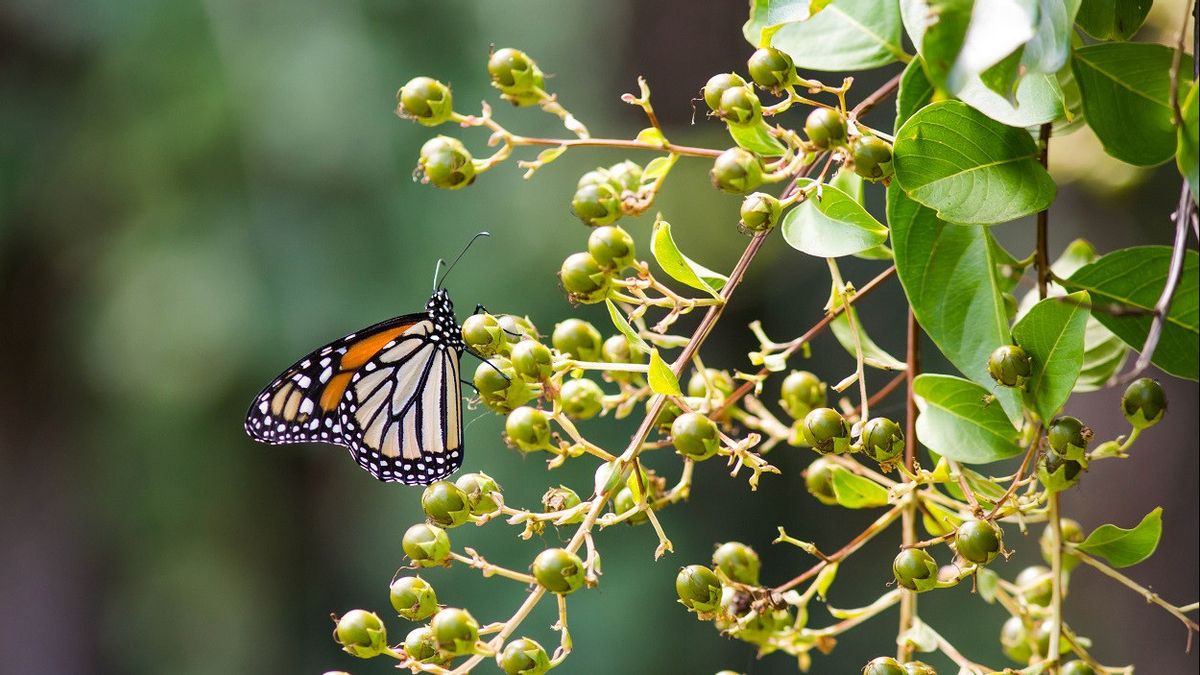JAKARTA - The migrating monarch butterfly, which for thousands of years turned North American forests into a kaleidoscope of color in one of nature's most spectacular mass migrations, is in danger of extinction, international conservationists said on Wednesday last week.
Each fall, migrating monarch butterflies fly thousands of miles from breeding grounds in the eastern United States and Canada, to spend the winter huddled in the trees of Mexico and California.
Numbering in the millions in the 1990s, butterfly populations have shrunk by more than 85 percent, scientists estimate. Last Wednesday, the butterfly was placed in the endangered category of the International Union for Conservation of Nature (IUCN) Red List of Threatened Species.
"What happened to the king was like death with a thousand wounds," said Karen Oberhauser, director of the University of Wisconsin-Madison Arboretum.
Logging has destroyed much of the insect wintering grounds, agricultural pesticides have wiped out the milkweed plants their larvae feed on, and extreme temperatures due to climate change are triggering them to start migrating too early, before the remaining milkweed is available.
In all, the IUCN said, more than 41,000 species are now at risk of extinction in what scientists are calling the planet's sixth mass extinction event, and the first to be caused by humans.
"Today's Red List update highlights the fragility of nature's wonders," explained IUCN director general Bruno Oberle.

In addition to the monarch butterfly, the remaining species of sturgeon, a large prehistoric fish found in Eurasia and North America, are listed as critically endangered, after centuries of overfishing for their meat and caviar. Of the 26 sturgeon species, 17 are now considered critically endangered, the IUCN said.
"There is something to be said about humanity, when species that outlived the dinosaurs were pushed to the brink of extinction by humans," said Beate Striebel-Greiter, leader of the global sturgeon initiative at the World Wildlife Fund.
It is known, the Red List Update does provide a glimmer of hope. Tiger numbers have increased 40 percent since the last assessment in 2015, due to improvements in monitoring, with as many as 5,578 in the wild. However, some big cat biologists have taken issue with how the numbers are calculated, saying such growth is misleading.
The English, Chinese, Japanese, Arabic, and French versions are automatically generated by the AI. So there may still be inaccuracies in translating, please always see Indonesian as our main language. (system supported by DigitalSiber.id)













